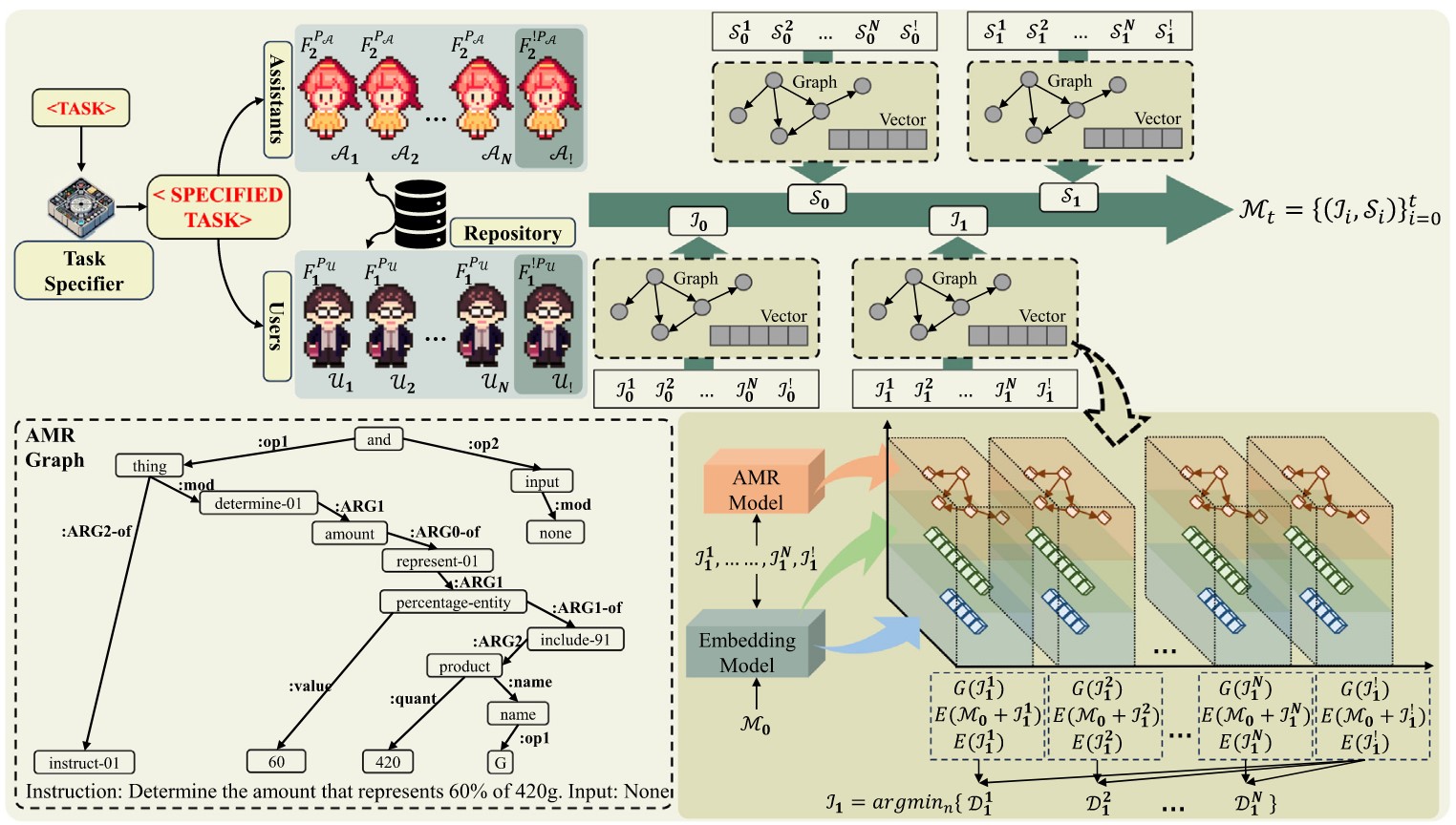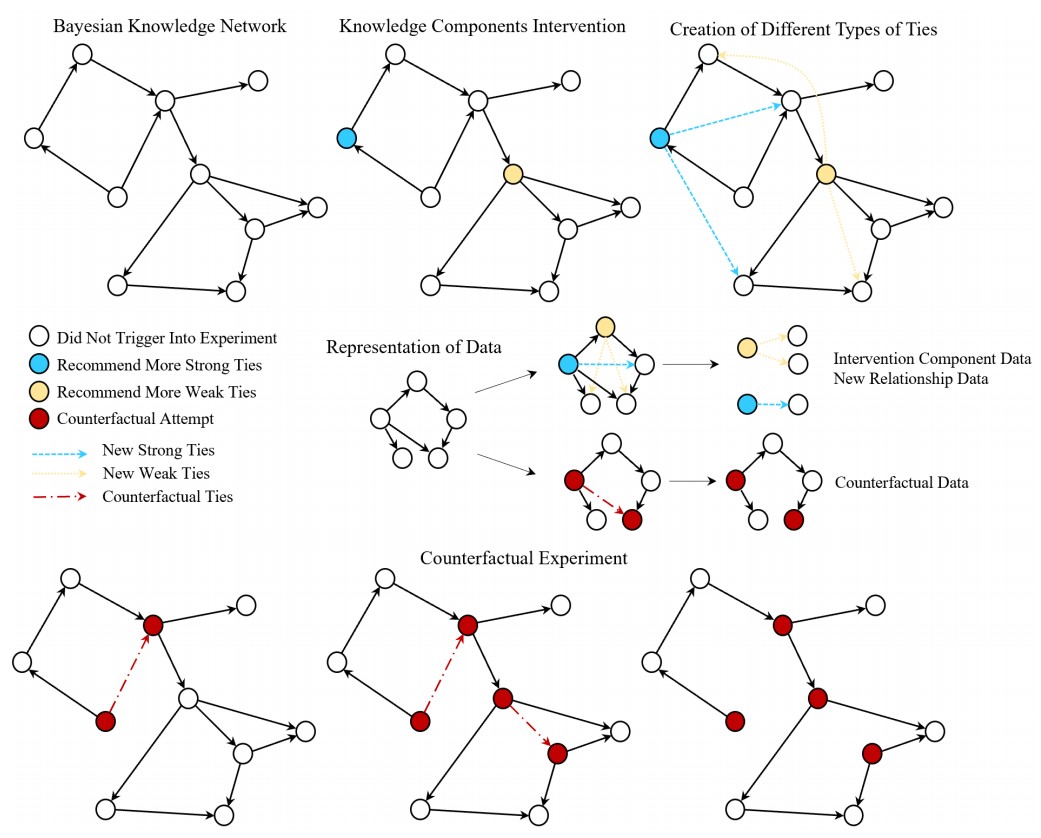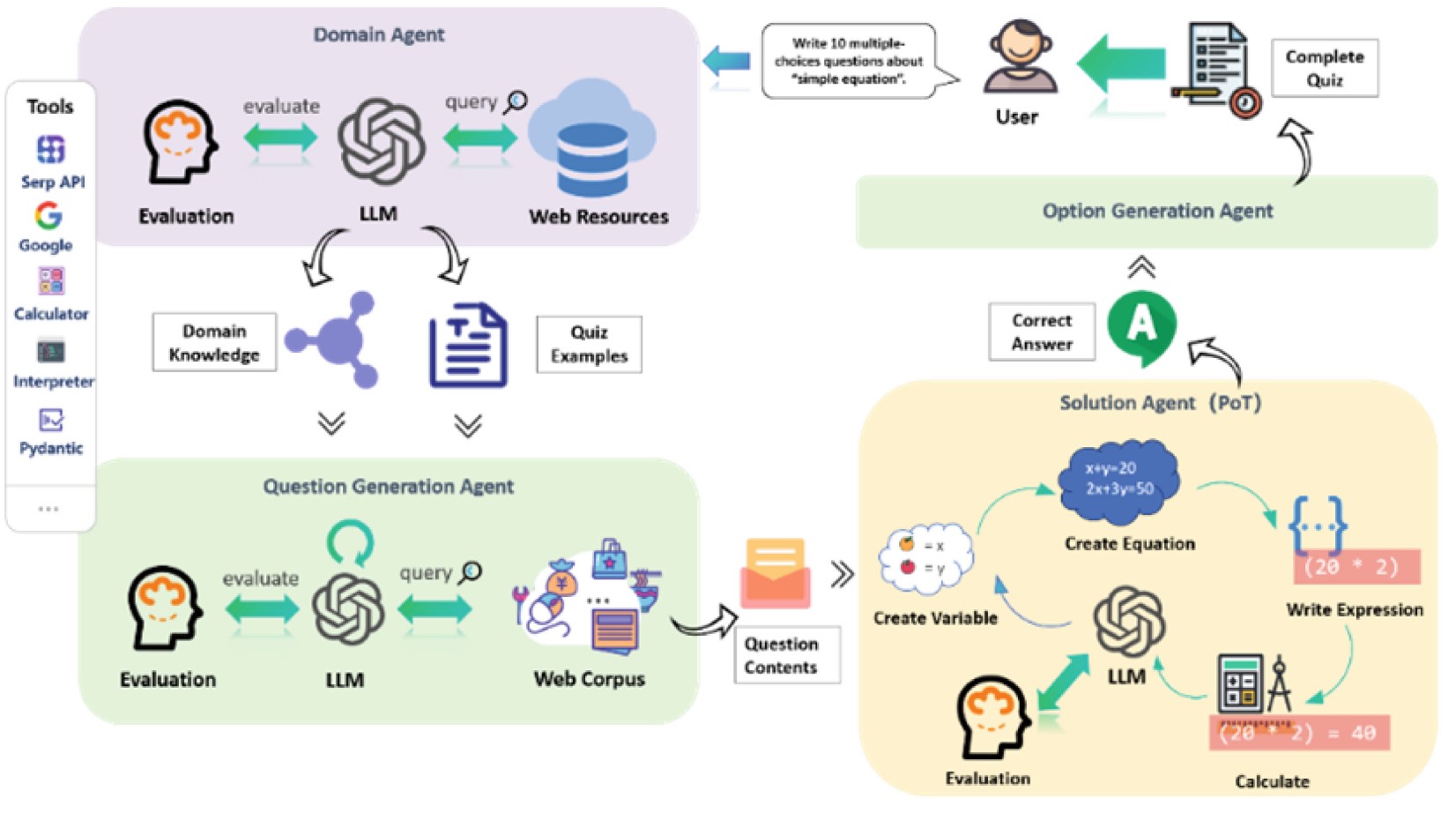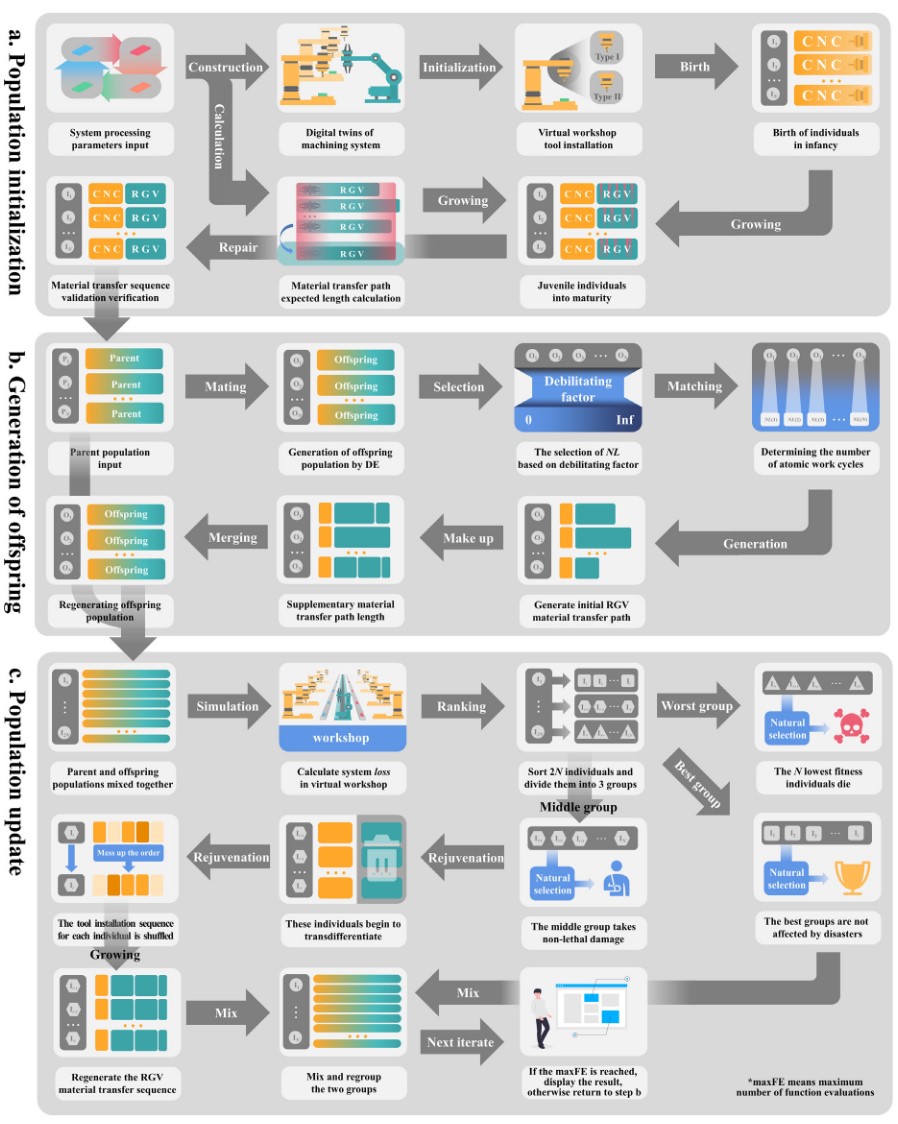Yuan-Hao Jiang
 PhD student at East China Normal University (ECNU)
PhD student at East China Normal University (ECNU) Joint doctoral student at Shanghai Jiao Tong University (SJTU)
Joint doctoral student at Shanghai Jiao Tong University (SJTU)
Hello! I am a PhD candidate at the Shanghai Institute of Artificial Intelligence for Education, East China Normal University, majoring in AI for Education. Here, I lead a Fundamental Research Funds for the Central Universities and am expected to graduate in July 2027. At the same time, I am also a joint doctoral student at Shanghai Jiao Tong University. My research interests include AI for education, agentic workflow, human-computer interaction, and multimodal large language models. Currently, I am a member of the Association for Computing Machinery (ACM), the Association for the Advancement of Computing in Education (AACE), and the ACM Special Interest Group on Computer-Human Interaction (SIGCHI). I also serve as a reviewer for ESWA, EAAI, ICLR, AIED, and other Top SCI journals or leading international conferences.
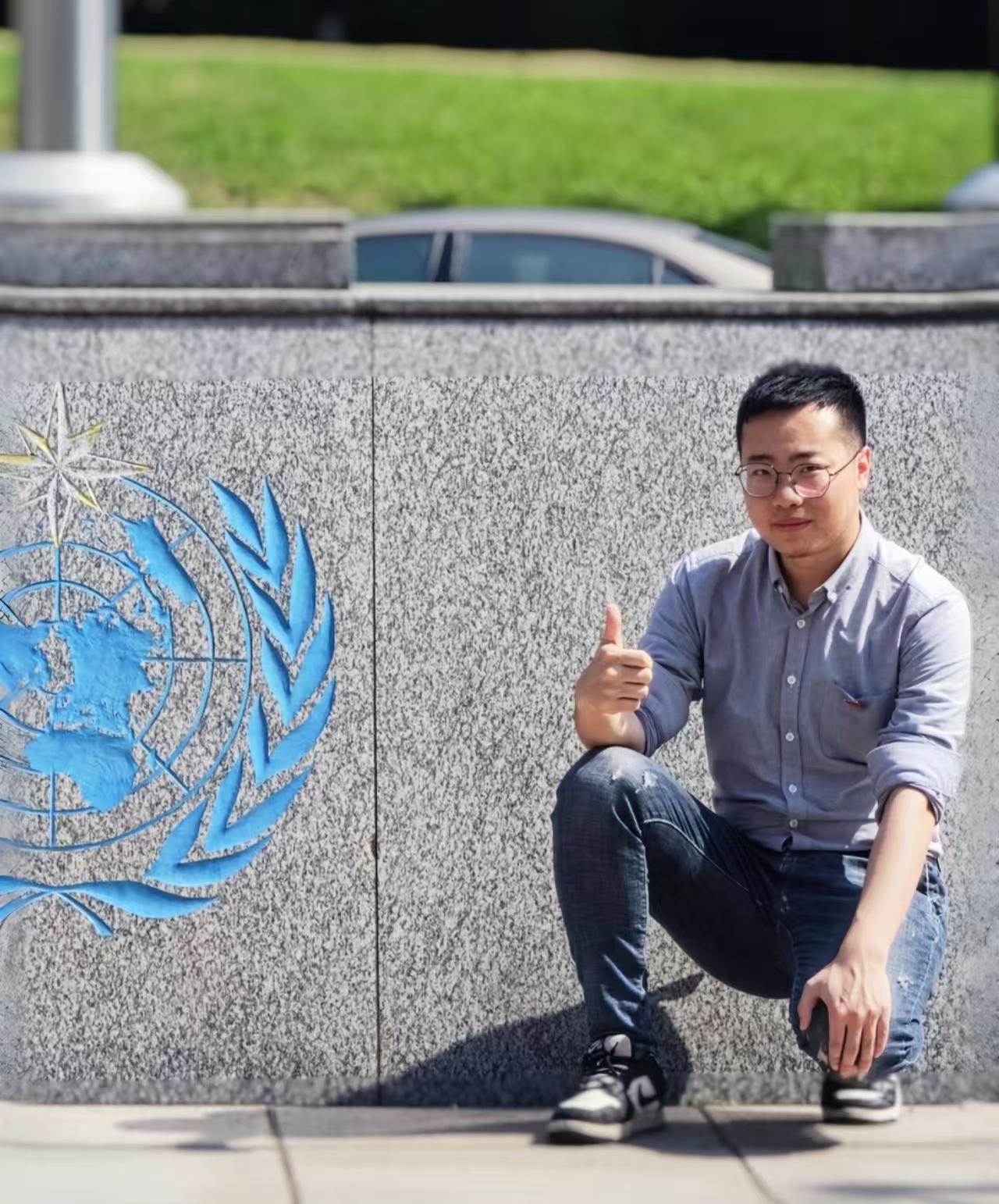
Education
-

Shanghai Jiao Tong University
Joint doctoral student 2024 - 2025
-

East China Normal University
PhD student in AI for Education 2023 - 2027
-
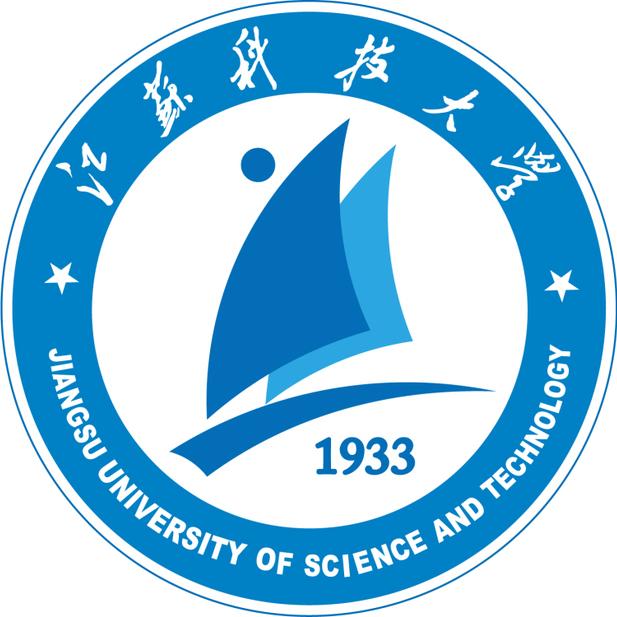
Jiangsu University of Science and Technology
Master of Engineering in Pattern Recognition and Intelligent Systems 2020 - 2023
Service
- Track Program Committee member of International Conference on Artificial Intelligence in Education (AIED 2025)
- Workshop Program Committee member of International Conference on Computers in Education (ICCE 2025)
- Track Program Committee member of International Conference on Artificial Intelligence in Education (AIED 2024)
- Workshop Program Committee member of Global Chinese Conference on Computers in Education (GCCCE 2024)
Honors & Awards
- 🏅ECNU Academic Innovation Promotion Program for Excellent Doctoral Students 2025
- 🥈National Silver Award, China International College Students' Innovation Competition 2025
- 🥉National Bronze Award, "Chuang Qingchun" China Youth Innovation and Entrepreneurship Competition (Technological Innovation) 2024
- 🥈National Silver Award, China Graduate Electronics Design Contest 2023
- 🎫Excellence Award, "Chuangqingchun" China Youth Innovation and Entrepreneurship Competition (Technological Innovation) 2023
- 🥉National Bronze Award, "Chuangqingchun" China Youth Innovation and Entrepreneurship Competition (Digital Economy) 2023
- 🎓Outstanding Graduate 2023
- 🏅"Huawei Cup" China Graduate AI Innovation Competition 2023
- 🏆National Scholarship 2022
- 🎫Outstanding Graduate Student Model 2022
- 🥈National Silver Award, China Graduate Electronics Design Contest 2022
- 🥇First Prize, National Marine Vehicle Design and Production Competition 2022
- 🥉Third Prize, "Challenge Cup" National Undergraduate Curricular Academic Science and Technology Competition 2022
- 🎫Outstanding Graduate Student Model 2021
- 🥇First Prize, Asia and Pacific Mathematical Contest in Modeling 2020
- 🏆National Scholarship 2019
- 🎫National Endeavor Scholarship 2018
 ResearchGate
ResearchGate



